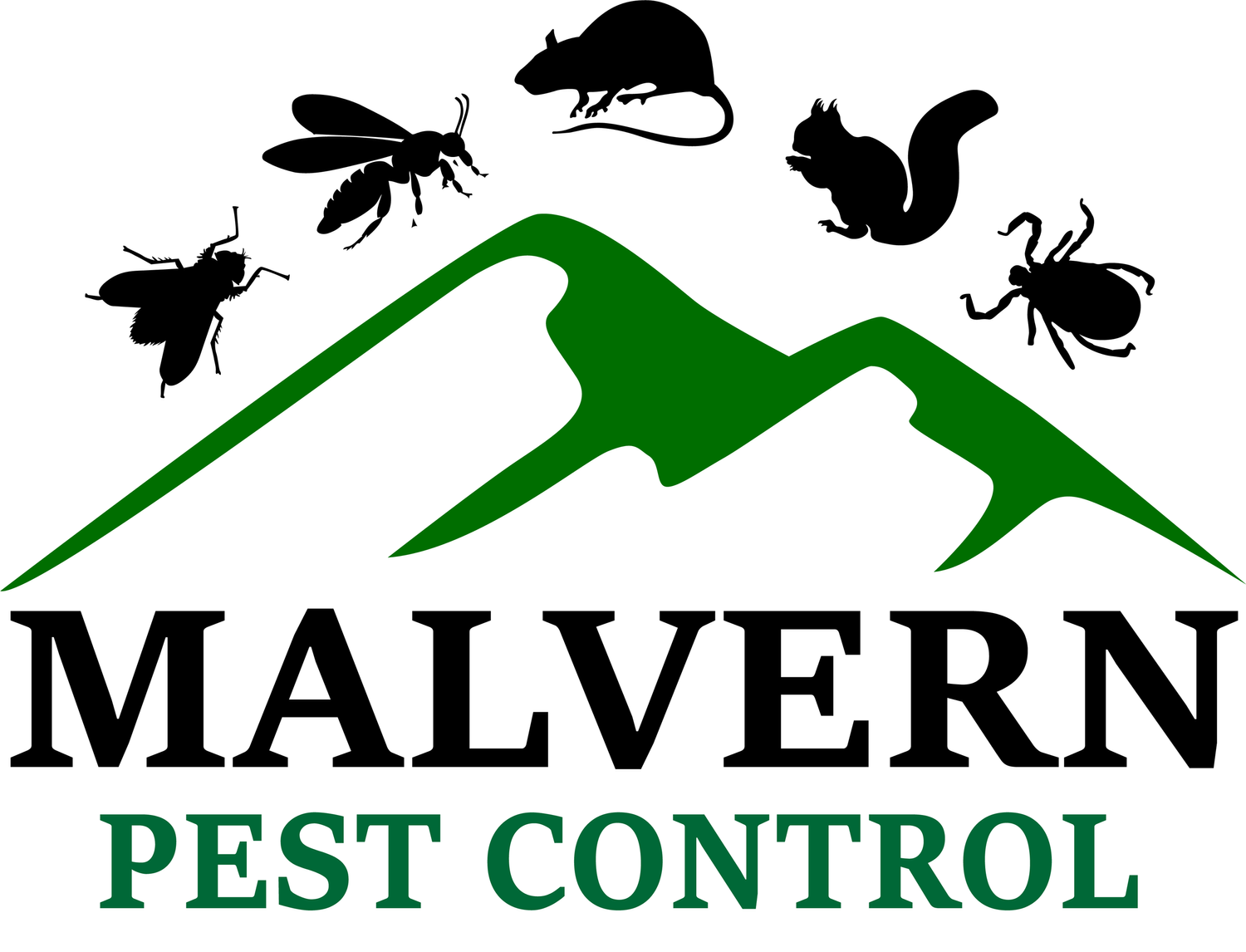Invasive Harlequin Ladybirds in UK Homes: ID, Risks & What to Do
As autumn arrives across Worcestershire, Herefordshire and Gloucestershire, many households notice clusters of ladybirds appearing on sunny walls, window frames and inside lofts. While some are native species, a growing number are the invasive Harlequin ladybird (Harmonia axyridis). This guide explains how to tell them apart, what risks they pose, and the practical steps you can take—plus how Malvern Pest Control can help with prevention and discreet treatments.
Quick Facts About Harlequin Ladybirds
• Scientific name: Harmonia axyridis. Originally introduced for aphid control; now widespread in the UK.
• Highly variable appearance—many colour and spot patterns (hence “harlequin”).
• Strong tendency to gather (aggregate) on buildings in autumn to overwinter in sheltered voids.
• Can outcompete and prey on native ladybirds; considered a non‑native invasive species.
How to Identify a Harlequin vs Native Ladybirds
Harlequins are extremely variable, but these cues help with fast ID:
• Size: typically larger and more domed than the common 7‑spot ladybird.
• Colour forms: orange/red with many spots, black with two or four red/orange spots, or orange with no spots.
• Pronotum (the “shield” behind the head): often shows a distinct black M‑shaped or solid black pattern on a pale background.
• Behaviour: arrive in numbers on sun‑warmed south‑ and west‑facing walls, seeking cracks and loft spaces in autumn.
Why Are They in My House?
From late September into November, harlequin ladybirds follow warmth and light to find overwintering sites. They squeeze through small gaps around window frames, soffits, roof tiles and vents, then cluster in attics, spare rooms and wall voids. On mild winter days or in spring, they may reappear around windows as they try to leave.
Are Harlequin Ladybirds Dangerous?
• Nuisance: large indoor aggregations can be unsettling, especially in bedrooms and lofts.
• Staining & odour: stressed beetles can release a yellow/orange defensive fluid (“reflex bleeding”) that stains paint and fabrics.
• Allergy/irritation: rare bite reports and mild skin reactions are possible for sensitive individuals.
• Environmental impact: harlequins compete with and prey upon native ladybirds and other beneficial insects.
What Not to Do
• Don’t spray household insecticides indiscriminately—this can stain, create odours and kill native species unnecessarily.
• Don’t crush clusters—staining and odour are more likely, and you may attract more pests to feed on the residue.
• Don’t seal external gaps while insects are still inside the structure; you may trap them in living spaces.
What You Can Do Right Now
• Gently vacuum visible clusters using a hose with a soft brush attachment; empty or dispose of the bag outside.
• Use a card and pot or a soft paintbrush to collect small numbers without crushing; release outdoors on mild days away from the property.
• Wipe surfaces with mild soapy water to remove any yellow staining fluids; avoid harsh bleaches on paintwork.
• Reduce night‑time attraction by switching off lights near windows and using close‑fitting curtains or blinds.
Proofing Your Home Before Next Autumn
• Seal gaps around window and door frames with appropriate exterior‑grade sealants once the beetles have dispersed.
• Fit fine insect mesh to soffit vents, roof vents and trickle vents where compatible with ventilation requirements.
• Repair damaged soffits, fascias and mortar joints; check for loose tiles at roof edges.
• Install good quality brush strips on loft hatches and external doors; check weep holes use guards that maintain drainage.
• Reduce overwintering appeal by trimming heavy climbers that touch eaves and sunny upper walls.
For Businesses, Schools & Hospitality
Seasonal aggregations on façades and in top‑floor voids can be a recurring issue. We provide discreet surveys, scheduled proofing, and targeted treatments timed before peak aggregation to minimise disruption to guests, pupils and staff.
How Malvern Pest Control Helps
• Seasonal façade and roofline survey to locate ingress points on sun‑facing elevations.
• Tailored proofing plan (mesh, seals, minor repairs) to reduce future entry with ventilation kept compliant.
• Targeted, low‑impact treatments where appropriate—prioritising non‑chemical control indoors.
• Clear guidance for occupants on prevention, safe clean‑up and when to expect re‑emergence in spring.
FAQs
• Do harlequin ladybirds damage my home?
They don’t chew structures, but staining from defensive fluids can mark walls, curtains and window surrounds.
• Can they bite?
Occasional nips are reported but are minor for most people. Wash skin with soap and water if irritation occurs.
• Will they breed indoors?
They overwinter indoors but don’t typically breed inside homes. Numbers fall naturally as they disperse in spring.
• Should I worry about native species?
Outdoors, harlequins can impact native ladybirds. Avoid broad insecticide use; focus on indoor removal and exterior proofing.
Book a Harlequin Ladybird Proofing Survey
Seeing clusters on windows or in the loft? Contact Malvern Pest Control to arrange a seasonal proofing survey and discreet treatment plan across Worcestershire, Herefordshire and Gloucestershire.
